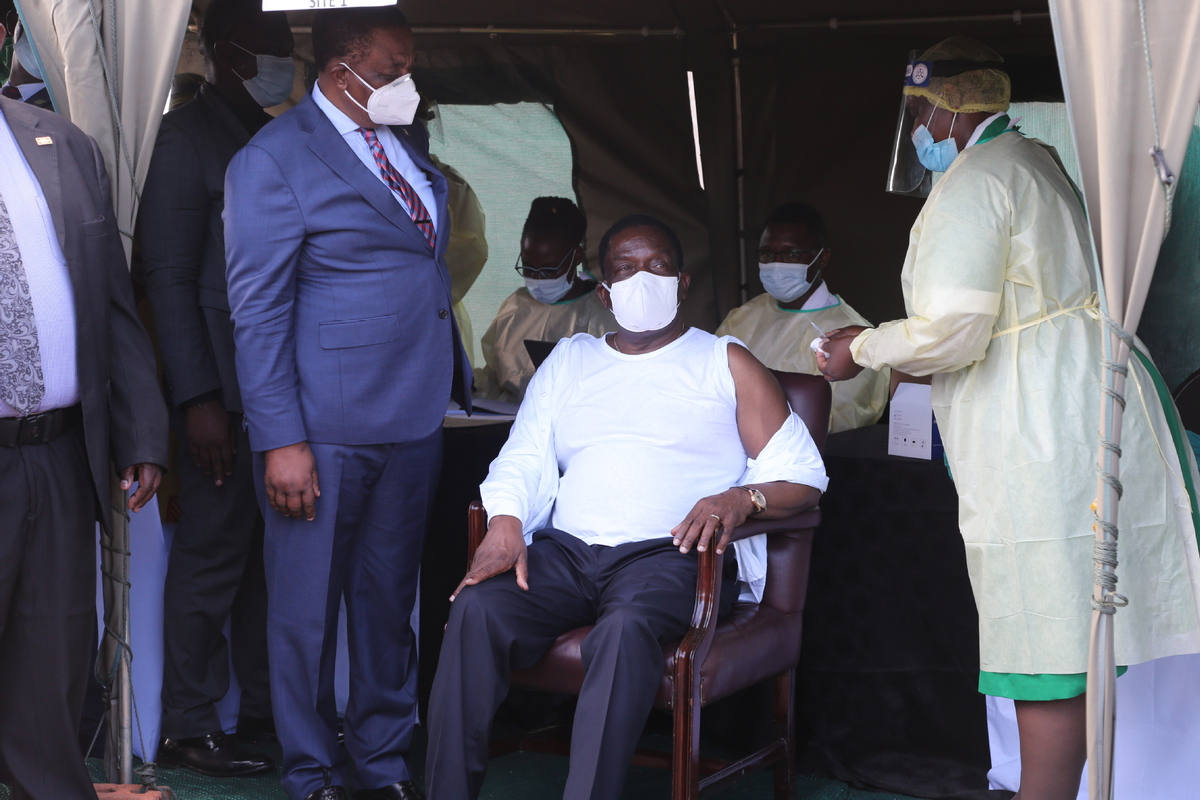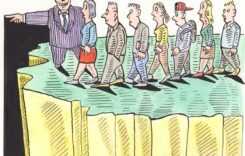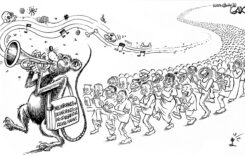By Nelson Banya
CLAIM: Victoria Falls has achieved herd immunity against COVID-19 after 77% of the city’s adult population got vaccinated.
Source: President Emmerson Mnangagwa on his official Twitter account.
VERDICT: Incorrect. Official data shows that by April 25, when Mnangagwa made the claim, 77% of Victoria Falls’ targeted adult population had only received the first shot of the COVID-19 vaccine. Given the double-dose vaccines currently in use by Zimbabwe, persons are only considered to be fully vaccinated after receiving their second shot.
Further, the threshold for herd immunity against COVID-19, a new disease that emerged late 2019, is yet to be established.
VicFalls vaccination drive
On March 24, the government launched a mass vaccination programme in Victoria Falls, targeting the city’s entire adult population, estimated at 25,000 people.
According to official statistics, 19,243 Victoria Falls residents had received their first dose by April 21, which also happened to be day 28, when second doses started falling due in the city. That day, 1,514 got their second shot.
Disaggregated figures for the days leading up to April 25, when Mnangagwa made his claim, are not available. However, nationally, 17,567 second doses were administered between April 21 and 25.
Even assuming that all these were administered in Victoria Falls, which is improbable, the city would still not attain the 77% second jabs claimed by Mnangagwa.
Herd immunity
The World Health Organisation defines herd immunity as the protection from an infectious disease that a population gets from previous infection or vaccination.
WHO says it only supports the attainment of herd immunity through vaccination and not through allowing infections to spread unchecked through populations.
The global health watchdog also says it remains unclear at what level herd immunity against COVID-19 can be attained.
“We are still learning about immunity to COVID-19. Most people who are infected with COVID-19 develop an immune response within the first few weeks, but we don’t know how strong or lasting that immune response is, or how it differs for different people. There have also been reports of people infected with COVID-19 for a second time,” WHO says.
“Until we better understand COVID-19 immunity, it will not be possible to know how much of a population is immune and how long that immunity lasts for, let alone make future predictions.”
However, some experts believe herd immunity against COVID-19 can be achieved if between 60-70% of the population is vaccinated. For more contagious infections such as measles, the herd immunity threshold is much higher, around 95%
Epidemiologists monitoring early COVID-19 outbreaks calculated that the virus’ reproduction number — how many new victims each carrier infected — was about 3. So two out of three potential victims would have to become immune before each carrier infected fewer than one. When each carrier infects fewer than one new victim, the outbreak slowly dies out. This then worked out to two out of three, or 66.7%, which became the theoretical range of 60-70% for herd immunity.
“What we know about coronavirus so far suggests that, if we were really to go back to a pre-pandemic lifestyle, we would need at least 70% of the population to be immune to keep the rate of infection down (“achieve herd immunity”) without restrictions on activities. But this level depends on many factors, including the infectiousness of the virus (variants can evolve that are more infectious) and how people interact with each other,” experts from the Johns Hopkins Bloomberg School of Public Health wrote this month.
CONCLUSION:
Mnangagwa’s claim that Victoria Falls has achieved herd immunity against COVID-19 is incorrect. The calculation yielding the 77% claim seems to arise from the 19,243 people who officials say had received their first vaccine dose, out of the city’s targeted 25,000 adult population. With the double-dose vaccines Zimbabwe is currently using, one is only considered to be fully vaccinated after the second shot.
Do you want to use our content? Click Here












